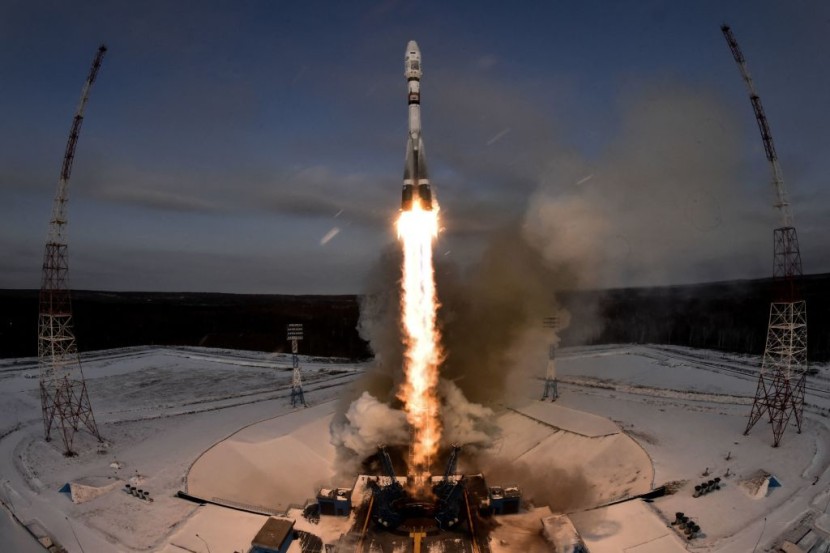
Russia has successfully launched Luna 25, its first lander to the Moon in 47 years after it lifted off from Russia's Vostochny Cosmodrome Friday at 08:10 local time (23:10 UTC) aboard a Soyuz-2 Fregat rocket.
Residents near the launch site were temporarily evacuated as a precautionary measure against a "one in a million chance" one of the rocket's stages could fall on a village within the rocket's trajectory area, Reuters reported.
Luna 25's flight plan is expected to first enter an Earth orbit before transferring to a lunar one, and ultimately, descending to the surface of the moon's south pole alongside India's Chandrayaan-3 lander on August 23.
Russian space agency Roscosmos said the two missions were not expected to cause a problem for each other because their specific landing zones differ.
The last time Russia sent a moon lander was Luna 24 in August 1976, almost 47 years ago, when it was still part of the Soviet Union.
Read Also: India's Chandrayaan-3 Reaches Moon Orbit In Latest Attempt to Land on Earth's Celestial Neighbor
Luna 25's Mission
Also called the Luna-Glob-Lander, Luna 25 would study the composition of the moon's polar soil and the plasma and dust contained in the very thin lunar exosphere, or the moon's scant atmosphere, for one year.
US rivals NASA added the mission is a four-legged lander with landing rockets, propellant tanks, solar panels, computers, and a robotic arm equipped with a scoop to collect lunar samples. The spacecraft also has a suite of instruments to study the samples and exosphere.
Luna 25, future lander missions Luna 26 and 27, and the ExoMars rover were supposed to be a suite of Roscosmos-European Space Agency (ESA) joint missions, but Russia's invasion of Ukraine prompted ESA to "discontinue cooperative activities with Russia."
Other Moon Missions
Aside from Russia, several spaceflight enthusiasts have also been sent or are currently on their way to lunar orbit.
As mentioned earlier, the Indian Space Research Organization (ISRO) also launched its moon lander called "Chandrayaan-3" to pick up where Chandrayaan-2 left off after it crashed into the Moon in 2019.
Meanwhile, NASA plans to land the first woman and the first person of color on the Moon in its Artemis III mission in late 2025.
© 2026 HNGN, All rights reserved. Do not reproduce without permission.








